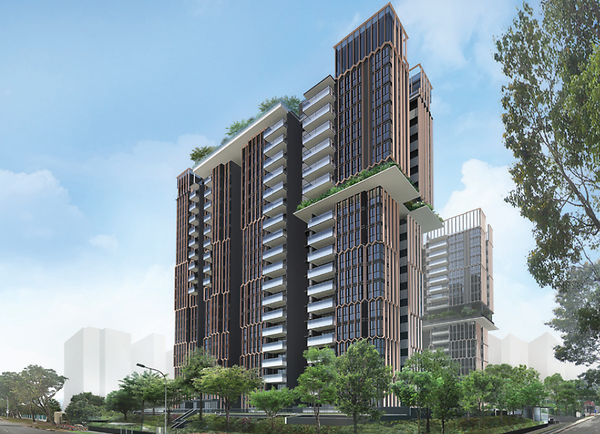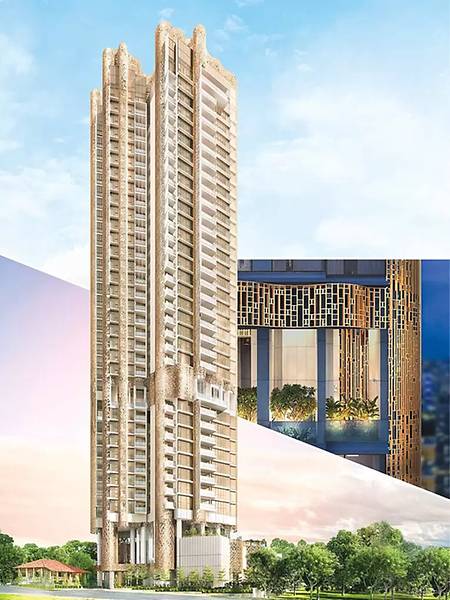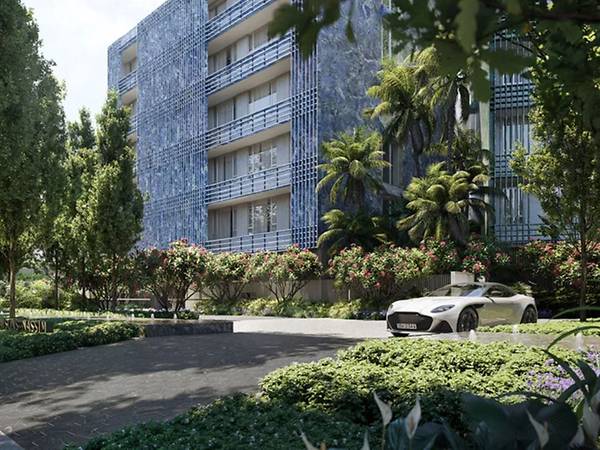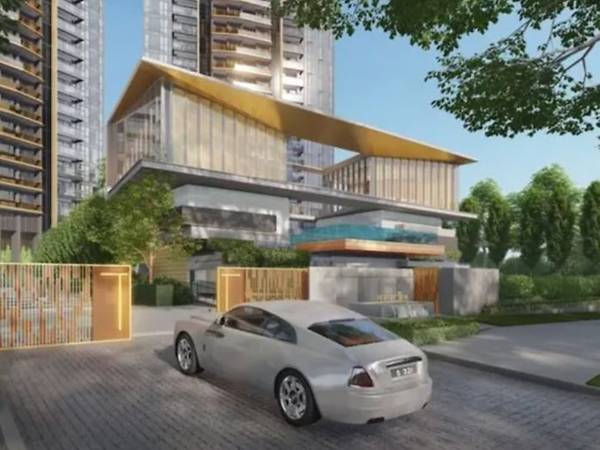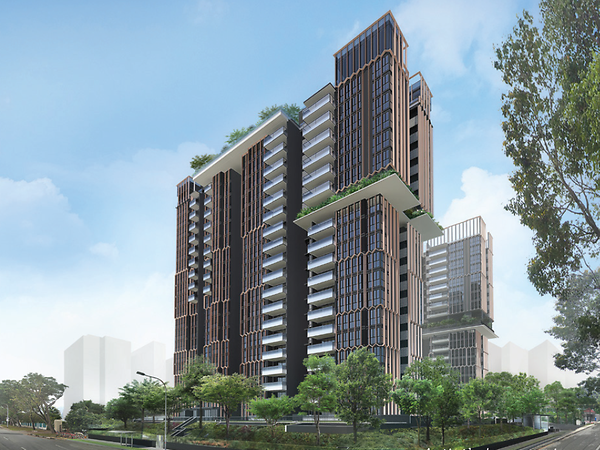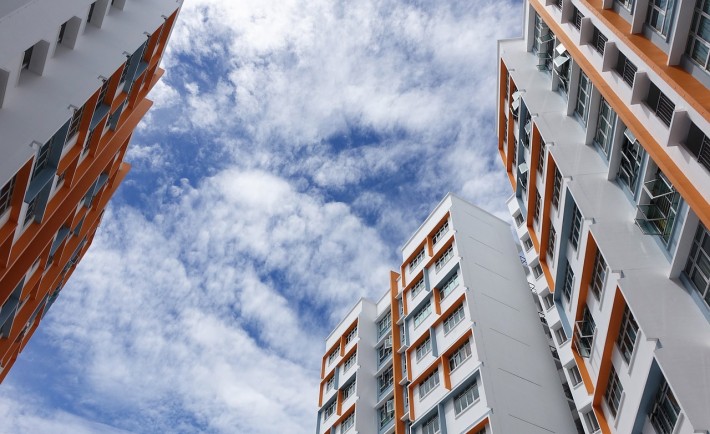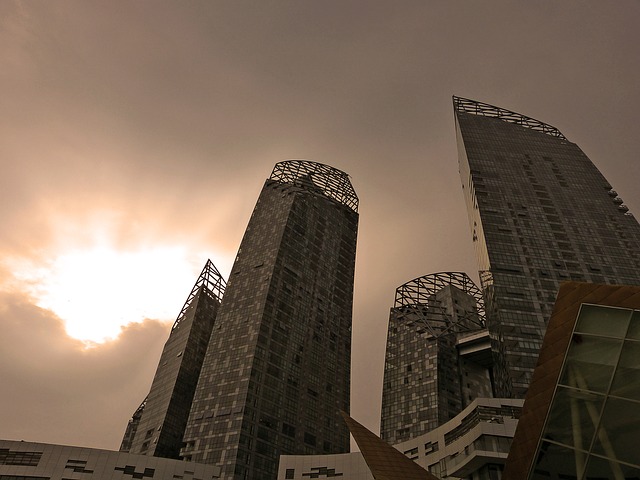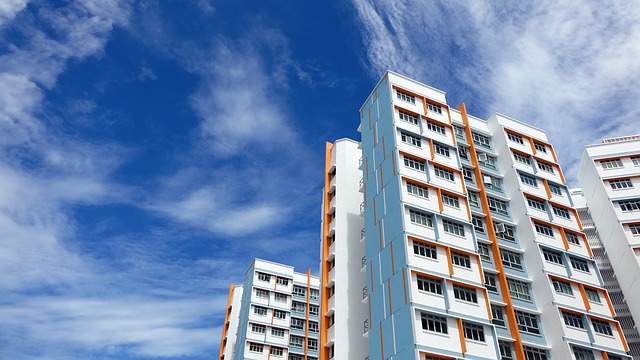Thanks to the pandemic, Singapore’s property market has been on a rollercoaster ride. With changing restrictions in place, this affected showflat and property viewings. As such, there was also a slowdown in new launch activity.
But as our tiny red dot takes small steps to reopen the economy, the property market is also expected to prosper in the months to come. For folks eyeing a new house, here are four new property launches to look out for!
#1: Klimt Cairnhill
Situated at district 9, Klimt Cairnhill will be sited at the former Cairnhill Mansions along Cairnhill Road. You will find the freehold property between Orchard and Newton, and an 8-minute walk to Far East Plaza. This also means that you’re just a short driving distance to other major shopping malls in Orchard.
Its developer is Glopeak Development, a subsidiary of Low Keng Huat, which has completed projects like South Bank, One-North Residences, and Paya Lebar Square. As a potential homeowner of Klimt Cairnhill, you can expect a 36-storey residential tower with over 130 units. There is also a single-storey bungalow clubhouse.
#2: Les Maisons Nassim
Les Maisons Nassim is also another property to consider if you’re planning to stay in the heart of Tanglin and Orchard in district 10. Similar to Klimt Cairnhill, it also has a freehold tenure. It’s sited at 14 Nassim Road and an 11-minute walk to Tanglin Mall. Singapore Botanic Gardens is just a mere 15-minute walk away.
The luxury condominium is developed by Shun Tak Holdings, with a portfolio of buildings like Park Nova and 111 Somerset Road. In fact, the developer also has an extensive record in construction projects in Macau, Hong Kong, and Mainland China. There will only be 2 penthouses and 14 meticulously crafted residences amid lush greenery.
#3: Perfect Ten
What an apt name for a building! Perfect Ten has a freehold tenure and will be located at 317 Bukit Timah Road, formerly home to City Towers. You can find it right at district 10, an alternative to consider other than Les Maisons Nassim. It’s just a 5-minute drive to United Square Shopping Mall.
Developed by Japura Development, you can look forward to 24-storey twin towers with over 200 units. There will be 1- to 4-bedroom options for you to choose from. Just so you know, Japura Development is affiliated with Hong Kong tycoon Li Ka-Shing’s CK Asset Holdings. CK Asset Holdings has completed iconic buildings, including One Raffles Quay and Marina Bay Financial Centre.
#4: LIV @ MB
Last but not least, we have LIV @ MB. The 99 years tenure property is a redevelopment of the former Katong Park Towers along Arthur Road. Want to stay at district 15? LIV @ MB could be the project to keep your eyes on. You will just be a 3-minute drive to East Coast Park and a 7-minute drive to Katong V.
Bukit Sembawang Estates will be in charge of its development. If it sounds familiar, that’s because they are also the hands behind The Atelier along Makeway Avenue. Bukit Sembawang Estates has a portfolio of buildings like 8 St Thomas and The Vermont on Cairnhill, so you can expect standard facilities like a jacuzzi, yoga deck, sky garden, swimming pool, barbecue pavilion, and more to be built.

